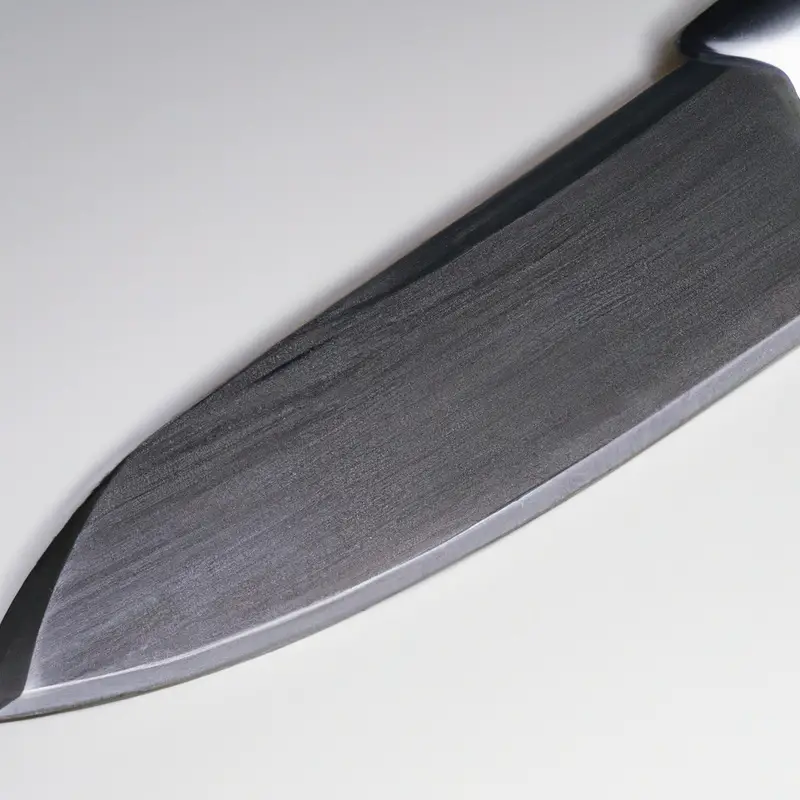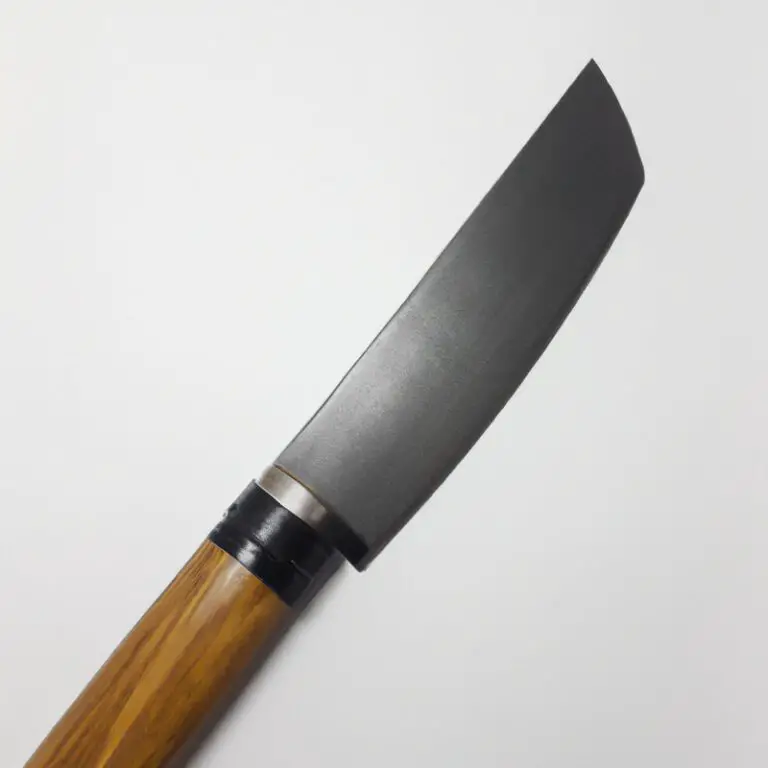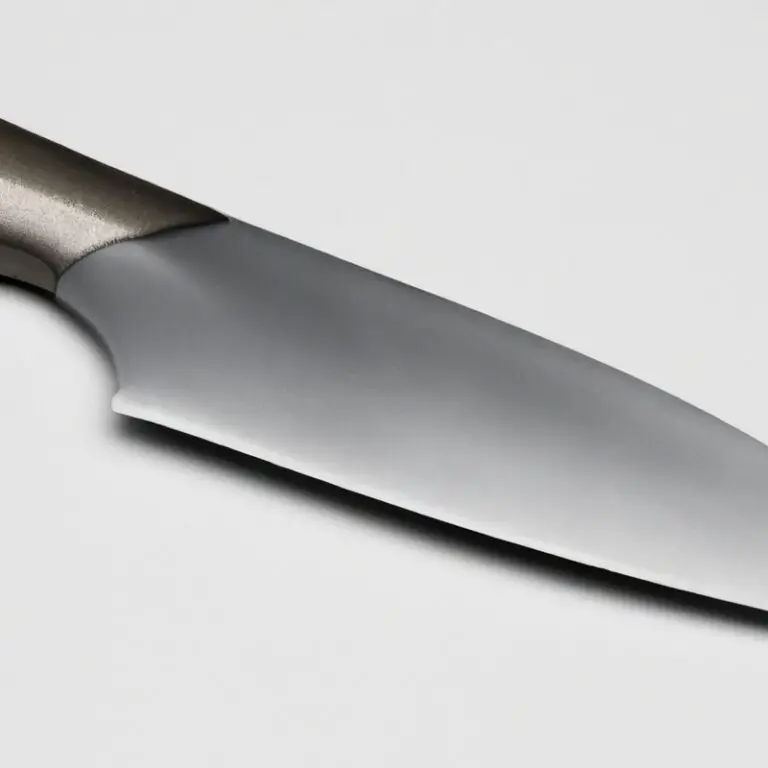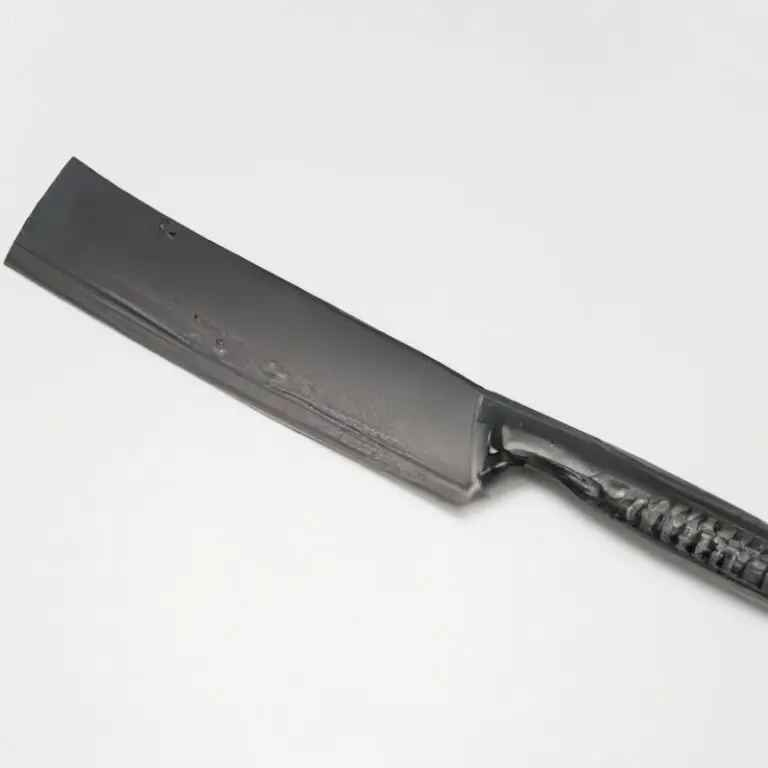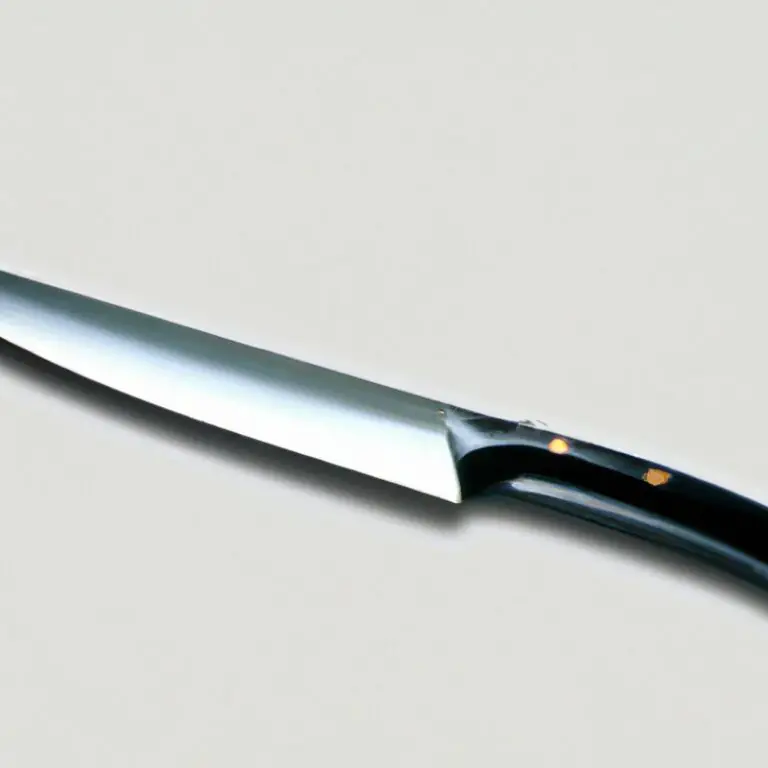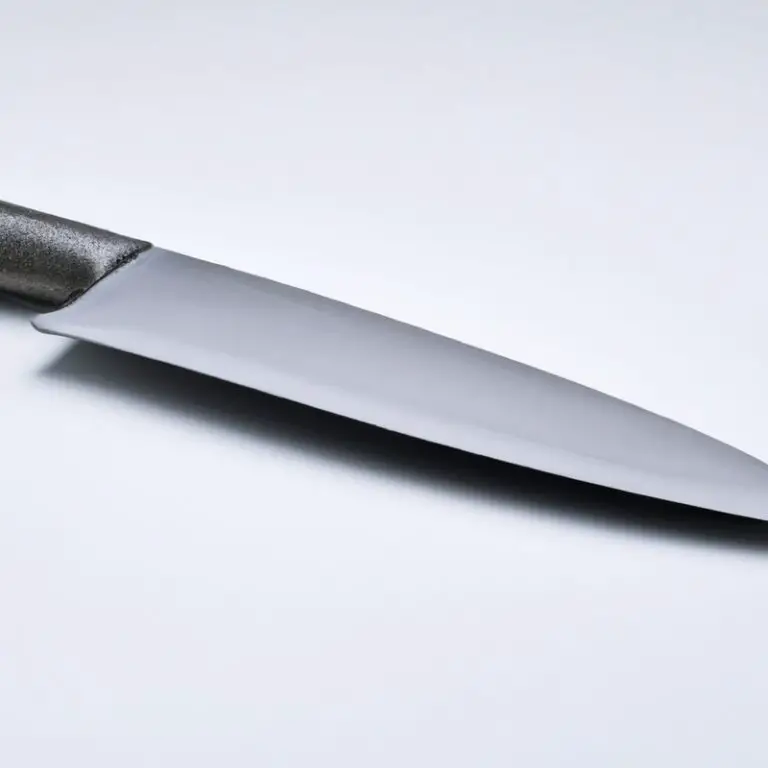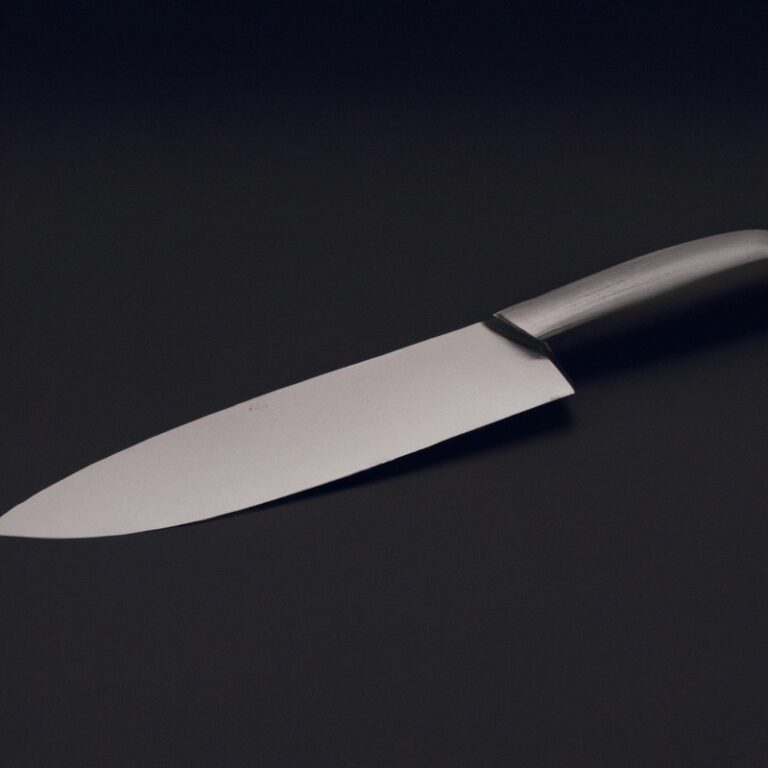How To Improve Dexterity When Using a Gyuto Knife? Master The Cuts!
Key Takeaways:
- Practice proper grip and hand positioning to improve precision and reduce the risk of injury when using a Gyuto knife.
- Invest in a high-quality Gyuto knife with a comfortable handle and balanced weight to improve overall control and maneuverability.
- Develop good knife skills through regular use and repetition, focusing on accuracy and efficient cutting techniques.
- Stay mindful and focused while using a Gyuto knife, minimizing distractions and prioritizing safety to ensure optimal performance.
If you’re serious about cooking, you know that working with a quality knife can make all the difference. That’s why a Gyuto knife is a staple in most kitchens.
However, using this type of knife requires a certain level of dexterity to prevent accidents and increase precision.
Don’t worry, though – mastering the art of using a Gyuto knife is easier than you think. Through this article, I’m going to help you understand the anatomy of the knife, select the right one for your hand size and comfort, teach you the pinch grip technique, and provide tips to improve your muscle memory and prevent accidents.
By the end, you’ll be a pro at cooking with a Gyuto knife!
| Technique | Description |
|---|---|
| Pinch grip | Hold the knife handle between the thumb and index finger, and rest the middle finger on the spine of the blade. |
| Rock chop | Keep the tip of the knife in contact with the cutting board and use a rocking motion to chop. |
| Finger roll | Practice curling your fingers inward and use them to guide the blade while cutting. |
| Thumb on spine | Rest your thumb on the spine of the blade for stability while cutting. |
The Importance of Dexterity When Using a Gyuto Knife: Tips for Improving Your Skills
Dexterity is crucial when it comes to using a Gyuto knife effectively. To improve your skills, you need to understand the anatomy of the knife, select the right size and grip, hone your muscle memory, build endurance, and use sharpening tools to maintain the blade’s edge.
Practicing different cutting styles, such as rock and slice or chop and push, can also enhance your dexterity and precision.
It is important to avoid common mistakes and accidents while using a Gyuto knife, which can boost your confidence and make the process much safer. Finally, ensuring regular maintenance and care of your Gyuto knife will keep it in excellent condition and help it last for years to come.
Understanding the Anatomy of a Gyuto Knife: How It Affects Your Dexterity
The anatomy of a Gyuto knife plays a critical role in determining your dexterity while using it. The blade length, width, and thickness impact the balance of the knife, which, in turn, affects its weight and handling.
The handle design and grip material play a significant role in providing a comfortable and secure grip, enabling precise and accurate cuts.
The blade’s hardness and sharpness determine the amount of pressure required to make a cut, which can impact your hand fatigue and finger dexterity. Therefore, before selecting a Gyuto knife, it’s crucial to ensure that its anatomy suits your hand size, cutting style, and comfort level to improve your overall dexterity.
Selecting the Right Gyuto Knife for Your Hand Size and Comfort
Selecting the right Gyuto knife can help improve your overall dexterity and comfort while cutting. It is important to consider the size of your hand and the weight and balance of the knife before making a purchase.
A small hand may require a lighter and more compact knife, while a larger hand may require a heavier and longer blade to maintain proper control.
The handle material should also be comfortable and easy to grip for extended use. It is recommended to try different knives in person or read reliable reviews before making a purchase.
Investing in a high-quality and properly fitted Gyuto knife can not only improve your dexterity but also make your cutting experience more enjoyable.
Mastering the Pinch Grip Technique to Improve Dexterity
Mastering the Pinch Grip Technique involves holding the knife between your thumb and index finger, with your middle finger supporting the blade. This grip provides optimal control and balance, allowing for precise cuts with minimal effort.
To improve your dexterity, focus on maintaining a consistent grip while cutting, and use your other hand to stabilize the food.
Practice cutting at different angles and with varying pressure to hone your skills. With time and practice, mastering the Pinch Grip Technique will help you become a skilled and efficient Gyuto knife user.
Honing Your Muscle Memory: Practicing Consistent Cutting Techniques with a Gyuto Knife
Honing your muscle memory is crucial to improving your cutting skills when using a Gyuto knife. To do this, you must practice consistent cutting techniques until they become second nature.
Repetition is key, and the more you practice, the better your muscle memory will become.
It’s important to maintain a firm grip on the knife and develop consistent cutting angles to improve your precision and efficiency. Incorporate different cutting techniques into your practice routine to build your skills and confidence.
Remember to focus on the task at hand and practice safe cutting habits to prevent accidents.
Consistent practice with a Gyuto knife is essential to hone your muscle memory and improve your cutting dexterity over time.
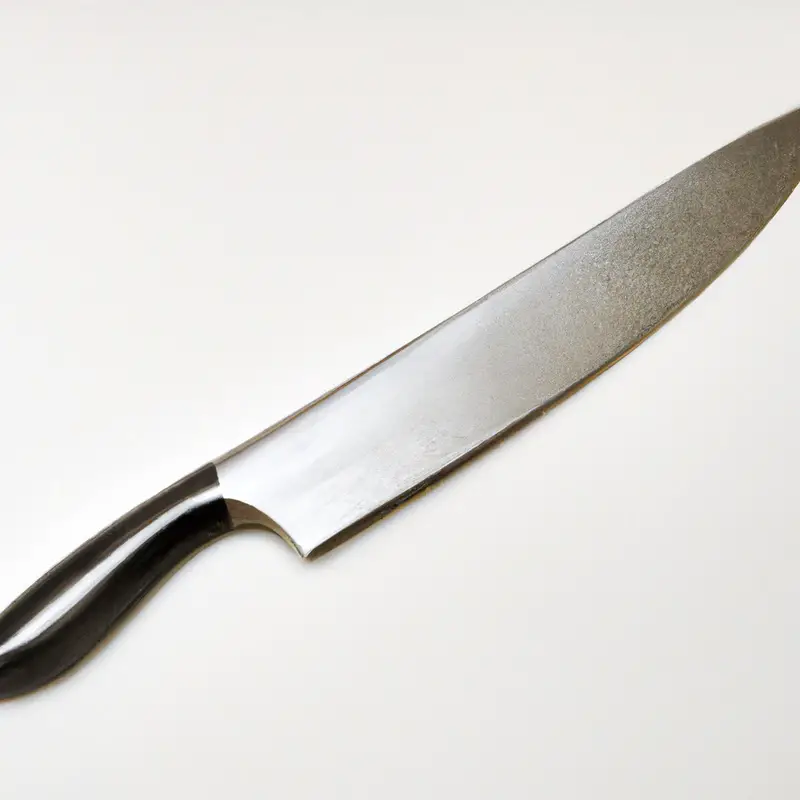
Strengthening Your Hand Muscles and Building Endurance for Extended Use
To improve your dexterity and endurance when using a Gyuto knife, it is essential to strengthen your hand muscles. One effective way to achieve this is to practice regularly using hand grip exercises.
These exercises can include squeezing a stress ball or using hand grippers to increase hand strength and endurance.
Additionally, incorporating other activities such as rock climbing or weightlifting can also help to strengthen hand muscles. Building endurance can be achieved by practicing consistent cutting techniques with your Gyuto knife and gradually increasing the duration and intensity of the task.
It is important to take breaks when necessary and listen to your body to prevent strain or injury.
Regular practice, incorporating hand grip exercises and other activities into your routine, can help improve your dexterity and endurance when using a Gyuto knife.
The Benefits of Using a Whetstone to Sharpen Your Gyuto Knife
Using a whetstone to sharpen your Gyuto knife has a plethora of benefits. Whetstones have been used for centuries, and they offer a more traditional and effective way of sharpening knives.
Using a whetstone allows you to have more control over the angle and pressure of the sharpening process, leading to a sharper and more precise edge.
Additionally, consistent use of a whetstone can prolong the life of your Gyuto knife. A dull knife not only makes cutting more difficult but also increases the risk of accidents.
Keeping your knife sharp with a whetstone ensures that your cuts are clean, making your work more efficient and accurate.
Furthermore, sharpening your knife with a whetstone is a cost-effective solution compared to other sharpening options. Investing in a quality whetstone can save you money in the long run, as you won’t have to buy a new knife as often.
Using a whetstone to sharpen your Gyuto knife has several benefits, including precision, longevity, and cost-effectiveness.
Incorporating regular whetstone use into your knife maintenance routine can improve your dexterity and confidence when using your Gyuto knife.
An Overview of Different Cutting Styles to Improve Dexterity and Precision
Different cutting styles can greatly improve your dexterity and precision when using a Gyuto knife. One popular technique is the push-cut, where the blade slices through the food with a forward motion and steady pressure.
The rocking motion is also popular, where the blade is rocked back and forth in a gentle motion to make precise cuts.
The pull-cut technique involves pulling the blade back towards you in a straight line, which is particularly useful when cutting meat or fish. Lastly, the chop-cut, used for denser food items, involves using a downward chopping motion with the blade.
It is essential to learn and practice these techniques to improve your dexterity and precision when using a Gyuto knife.
Avoiding Common Mistakes to Prevent Accidents and Boost Your Confidence
To ensure your safety when using a Gyuto knife and to boost your confidence, it is important to avoid common mistakes. First, always keep your free hand and fingers away from the blade.
Use a cutting board to protect your countertop and ensure stability while cutting.
Also, avoid gripping the handle too tightly, as this can cause your hand to fatigue quickly. Instead, use a relaxed and steady grip to improve your accuracy and control.
Always keep the blade sharp and steady while slicing or chopping to avoid slips or uneven cuts.
Lastly, never leave the knife lying around unattended or without protection. By following these tips, you can prevent accidents and master the art of using a Gyuto knife with precision and confidence.
The Importance of Regular Maintenance and Care for Your Gyuto Knife
Regular maintenance and care are essential for the longevity and performance of your Gyuto knife. Proper cleaning, storage, and sharpening will keep your knife in top shape and ensure it lasts for years to come.
A dull and poorly maintained knife will not only be ineffective but also dangerous.
To maintain your Gyuto knife, clean it immediately after use with warm water and mild soap. Dry it thoroughly before storing it in a knife block, sheath, or magnetic strip.
Avoid storing it in a drawer, as this can damage the blade or dull its edge.
Sharpening your Gyuto knife regularly with a whetstone will maintain its edge and improve its cutting performance. A well-sharpened knife will require less effort and precision, reducing your risk of accidents and injuries.
You can also take your knife to a professional for sharpening if you are unsure about handling a whetstone.
Inspect your Gyuto knife periodically for any signs of damage or wear. If you spot any chips or nicks in the blade, it is best to have them repaired by a professional or sharpening service.
Do not attempt to fix it yourself, as this could result in irreparable damage.
Regular maintenance and care are integral to preserving the quality, effectiveness, and safety of your Gyuto knife. By incorporating these practices into your routine, you can improve your dexterity and prevent accidents while using your trusty Gyuto knife.
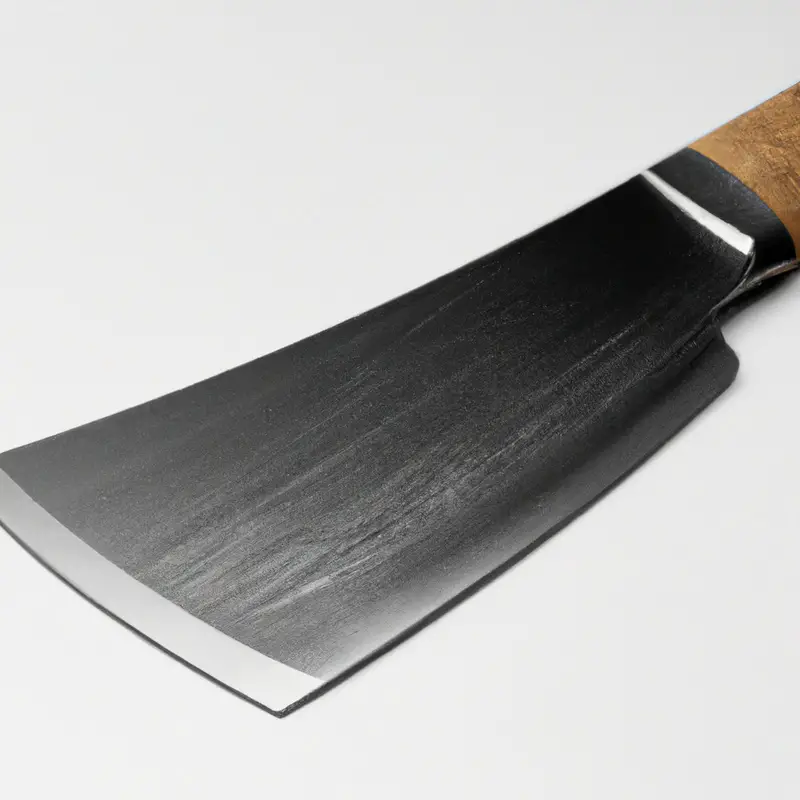
Final Verdict
Developing dexterity with a gyuto knife is crucial for any cook or chef to perfect their craft. By understanding the anatomy of the knife, selecting the right size for your hand, and practicing consistent cutting techniques, you can improve your precision and avoid accidents.
Regular maintenance of your knife, using a whetstone to sharpen it, and building endurance in your hand muscles are also essential practices to ensure its longevity and effectiveness.
With these tips and techniques, you can become more confident and masterful in your use of the gyuto knife, enhancing your culinary skills and impressing your guests. Remember, becoming an expert in using a gyuto knife takes time and practice, but the rewards are well worth it.
Happy cutting!

